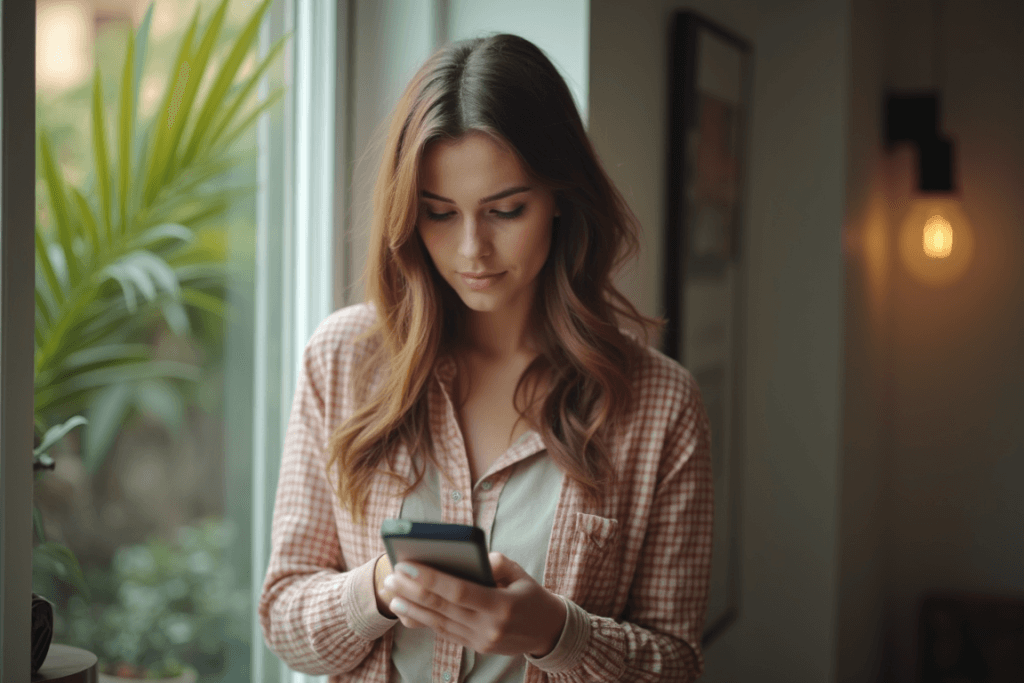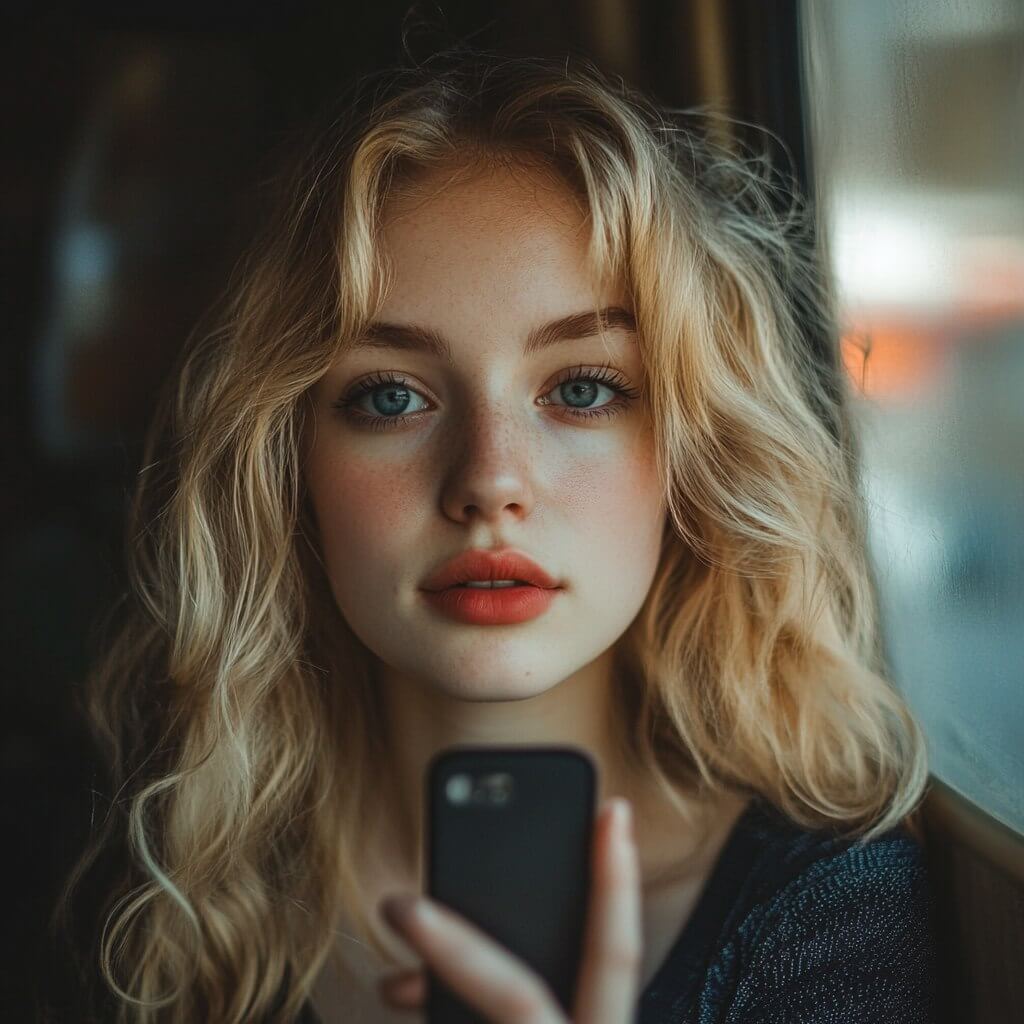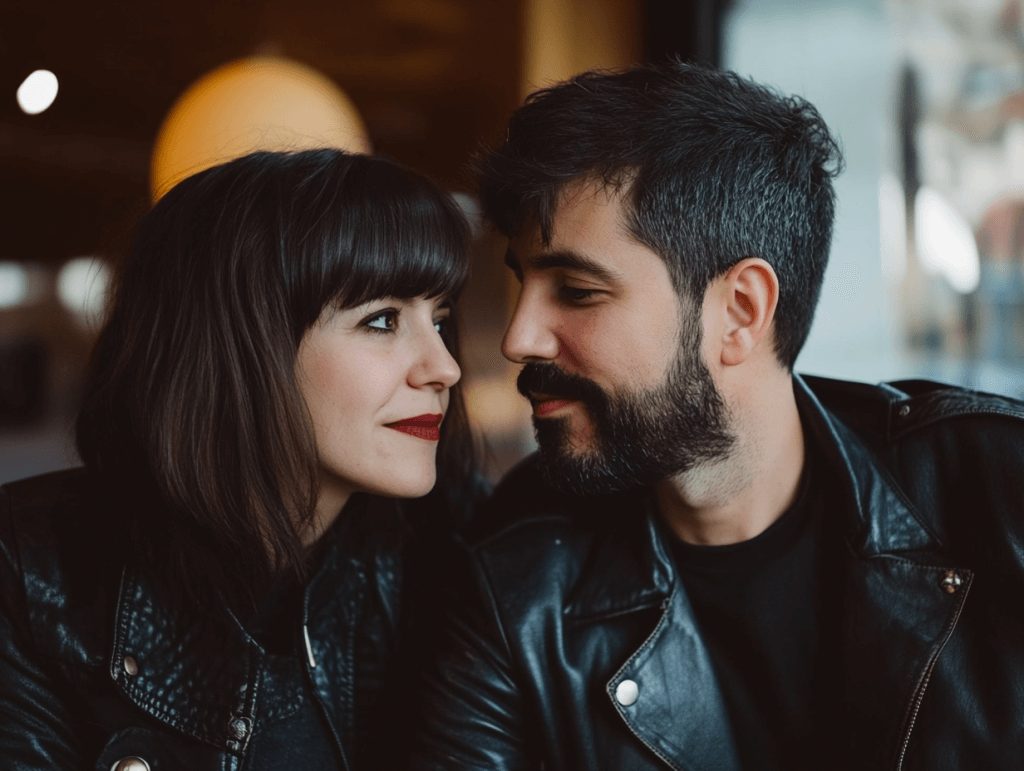How to Send the Perfect Follow-Up Text After a First Date
The moments after a first date can feel exhilarating yet uncertain. Did the date go well? Will there be a second date? Crafting the right follow-up text after a first date can significantly impact your dating journey. Here, we explore how to navigate this crucial step in dating, ensuring you leave a lasting impression.
Why Sending a Follow-Up Text Matters
A follow-up text after a first date serves multiple purposes. It shows that you care, sets the tone for future interactions, and helps solidify the connection you began during your first meeting. It’s also an excellent way to show your interest and let the other person know you had a great time.
When to Send a Follow-Up Text
Timing is critical when it comes to follow-up texts. Sending a text within 24 hours of your first date is a good idea. It strikes a balance between showing interest and avoiding the appearance of waiting longer than necessary.
Examples of Timing:
- Immediately after the date: If the date went exceptionally well, you can send a text on the way home.
- Next day: For a more measured approach, wait until the following day to reach out.
How to Craft the Perfect Follow-Up Text
Creating the perfect follow-up text doesn’t have to be complicated. A simple, heartfelt message that reflects your genuine feelings is often the best choice.
Key Elements:
- Mention something specific: Referencing a moment from your first date, such as a shared laugh or a favorite book you discussed, makes your text more personal.
- Express gratitude: Let them know you appreciated the time spent together.
- Show interest: Subtly hint at wanting to see them again.
Follow-Up Text Examples
Here are a few examples of follow-up texts to inspire you:
- “Hey, I just wanted to say I had a great time last night. It was really fun getting to know you!”
- “I’ve been thinking about our conversation last night—I’d love to hear more about your dream job over coffee sometime.”
- “Last night was a lot of fun! Let’s plan for that second date soon.”
Body Language and Its Role in Follow-Up Texts
Reflect on the body language during your first date. If you noticed consistent eye contact or positive signals, you might feel more confident in expressing your interest. These cues can guide the tone of your follow-up text.
The Flip Side: When to Reassess
Not every first date leads to a second. If you’re unsure about the connection, it’s okay to second guess whether to send a follow-up text. Honest self-reflection is key to determining if this is the right match for you.
Signs to Consider:
- Lack of mutual interest during the date.
- Body language indicating discomfort.
Tips for Securing a Second Date
- Keep it light: Avoid overthinking or overloading your text with too much detail.
- Be direct: Express that you’d like to see them again.
- Show enthusiasm: A positive tone can increase the chances of a favorable response.
Balancing Expectations
Remember, not every follow-up text guarantees a second date. However, by sending a thoughtful message, you’re taking the first step toward building a meaningful connection.
Example:
“Hey, it was nice meeting you last night! I’d like to get to know you better—are you free for dinner later this week?”
Common Mistakes to Avoid
- Waiting too long to send a text: This can signal a lack of interest.
- Being too vague: Ambiguity might lead to misunderstandings.
- Overthinking: Keep your message simple and genuine.
Conclusion
A follow-up text after a first date is your opportunity to solidify a connection and set the stage for future interactions. Whether it’s expressing gratitude, showing interest, or planning for a second date, your message can make a lasting impression.
Don’t overthink—just be yourself, and the right person will appreciate your effort.
Final Note
Dating is a journey, and each step helps you get closer to finding the right match. If you’re ready to take your dating game to the next level, remember that every interaction counts. Sending the perfect follow-up text could be the beginning of something special.













